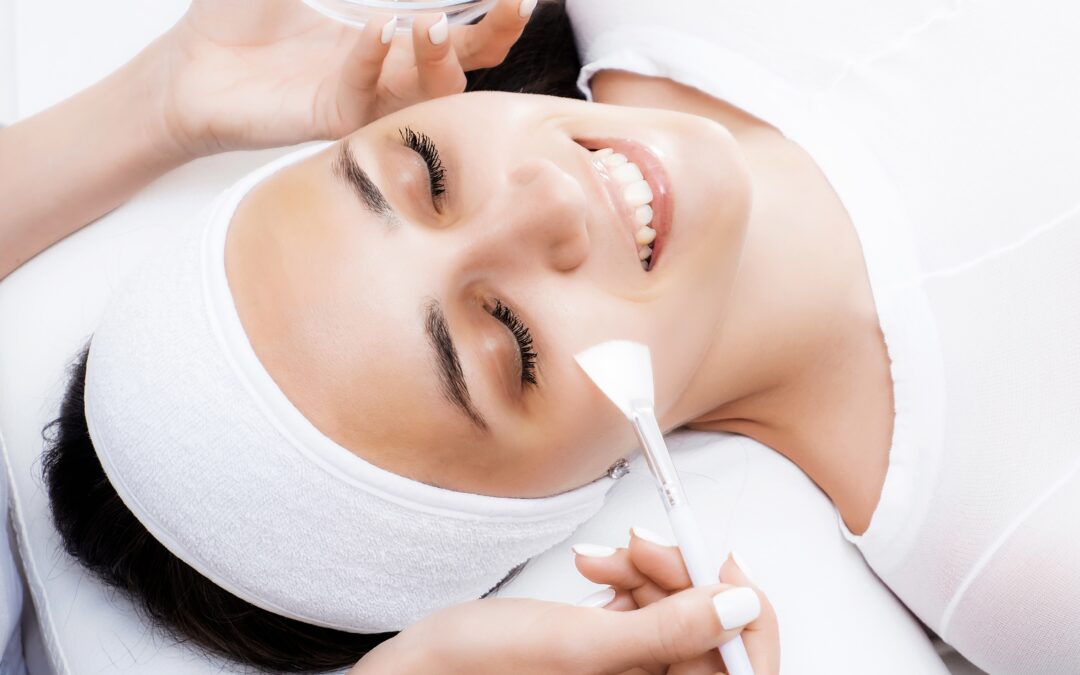Did you know that the roots of chemical peels trace back to ancient Egypt? Yes, Cleopatra herself relied on the exfoliating powers of sour milk (lactic acid) to enhance radiance long before our calendar was created. However, these ancient practices were only a distant precursor to the sophisticated chemical peels of our time. It wasn’t until the late 19th century that they evolved into the first version of the procedures we are familiar with today. Since then, chemical peels have significantly progressed to become one of the most effective and safe non-invasive skin-boosting treatments of our era.
Yet, despite their proven benefits and long history, many people still aren’t fully acquainted with them. In this article, we will be answering the most frequently asked questions about chemical peels and help you understand them better.
WHAT EXACTLY IS A CHEMICAL PEEL?
A chemical peel is a procedure where a solution is applied to your skin to cause a controlled exfoliation of the uppermost layers, promoting tissue renewal and the synthesis of skin proteins. The peeling effect can range from so mild that you may not notice it to more intense, depending on the formula. Modern formulas often combine exfoliating agents with active ingredients to target specific concerns.
The market offers a wide variety that includes professional and at-home chemical peels, catering to different skin needs.
HOW OFTEN CAN I USE A CHEMICAL PEEL?
It depends on the type of peel and your skin sensitivity.
There are three types of chemical peels: Superficial, Medium, and Deep.
Superficial peels are the most common and can be applied as often as every week if very mild. However, some should not be performed more than once a month, depending on the formula and your skin tolerance.
Medium and deep peels are much more serious procedures and must always be performed in the clinic by a professional. The frequency of use can range from a few months to a lifetime, in the case of deep chemical peels which are made to remove a lesion in one session. You can learn more about the three types of chemical peels in our entry: Skin Resurfacing Peels to Make Your Skin Glow this Spring
ARE CHEMICAL PEELS SAFE?
When performed correctly, chemical peels are entirely safe.
Incorrect application can lead to complications such as infections, permanent scars, hyperpigmentation, etc. To ensure safety:
- A professional chemical peel must be administrated by a trusted and certified professional.
- When using at-home chemical peels, trust the product’s quality and follow the provided instructions for use (IFU).
WHAT CONCERNS CAN BE TREATED WITH A CHEMICAL PEEL?
Chemical peels can be used to improve overall skin health and appearance or tackle specific concerns such as:
- Skin aging
- Skin discoloration
- Scars
- Seborrheic dermatitis
Disrupted skin barrier function
ANY SPECIAL CARE BEFORE AND AFTER THE PEEL?
Depending on the peel degree, a professional chemical peel may require before and aftercare. In this case, your specialist will provide specific details.
At-home chemical peels require minimal care, such as avoiding sun exposure immediately after the peel and using sunscreen.
WHAT SHOULD I EXPECT AFTER A CHEMICAL PEEL?
The post-peel experience varies according to the peel degree. With a superficial peel, you can notice very mild desquamation or none, followed by increased radiance and enhanced skin quality within a day or two. On the other hand, medium and deep peels involve some recovery time, which means you will surely notice desquamation and have to wait a little longer to see the results, but they last longer.
HOW LONG WILL THE RESULTS LAST?
Results range from one month to a lifetime, depending on the peel. Superficial chemical peels regenerate and revitalize your skin for a few weeks or months, while deep chemical peels provide long-lasting benefits on specific and localized lesions, removing them in one session.
WHO SHOULD NOT USE A CHEMICAL PEEL?
You should avoid chemical peels if:
- During pregnancy.
- You have been using isotretinoin medication for acne during the past 6 months.
- You have a history of abnormal skin scarring.


